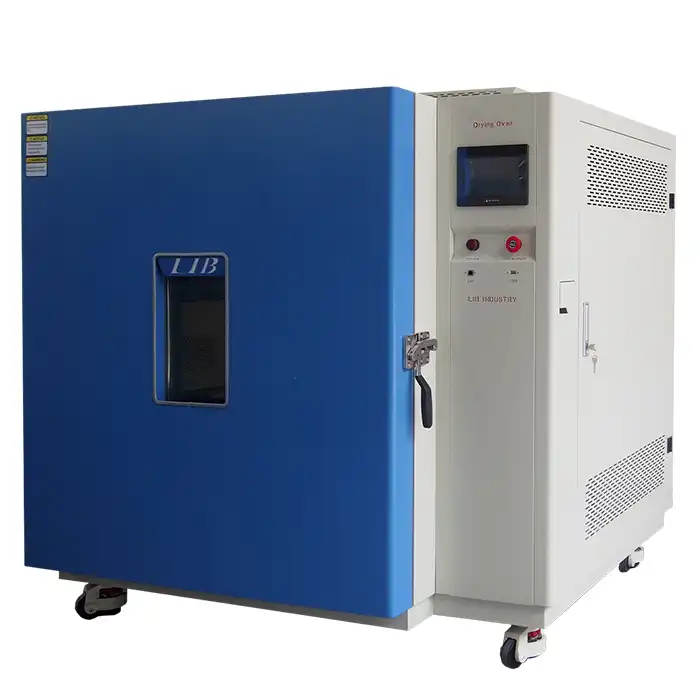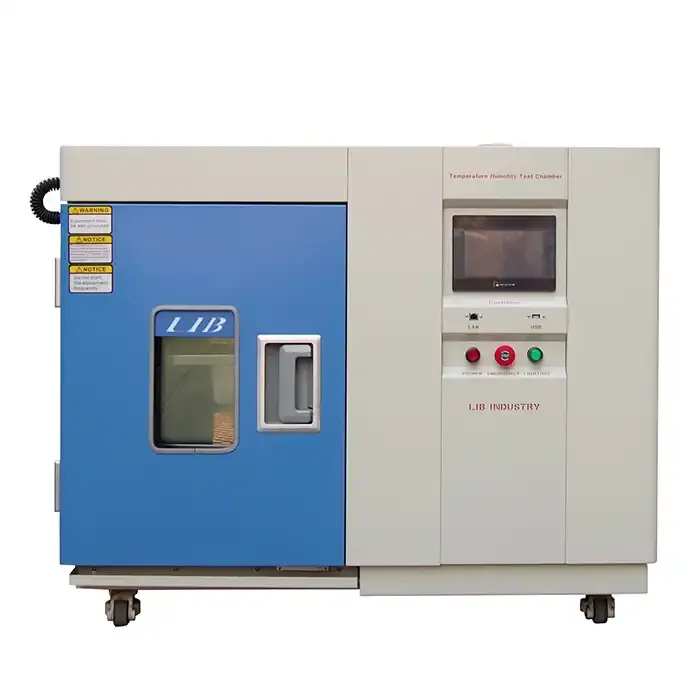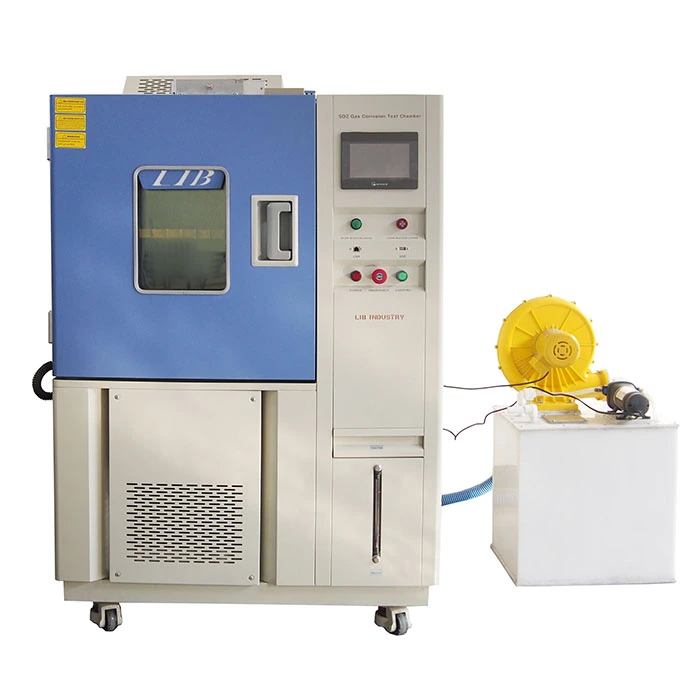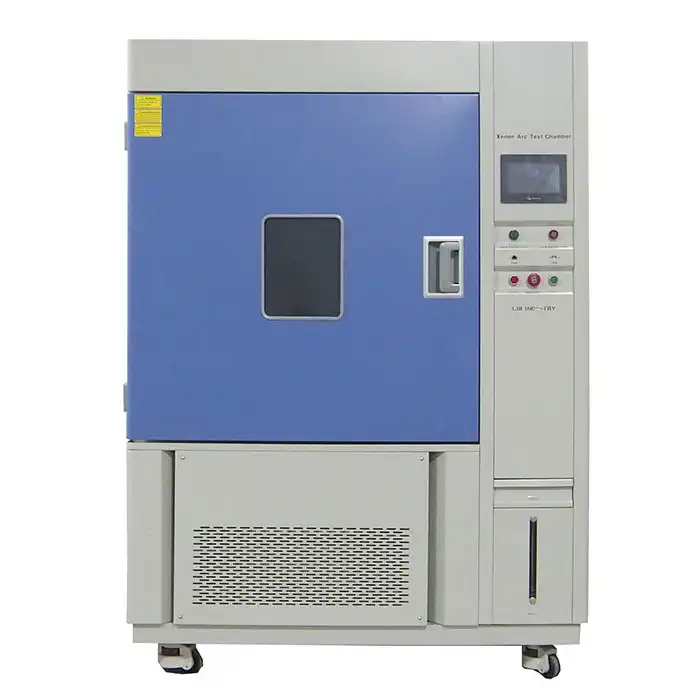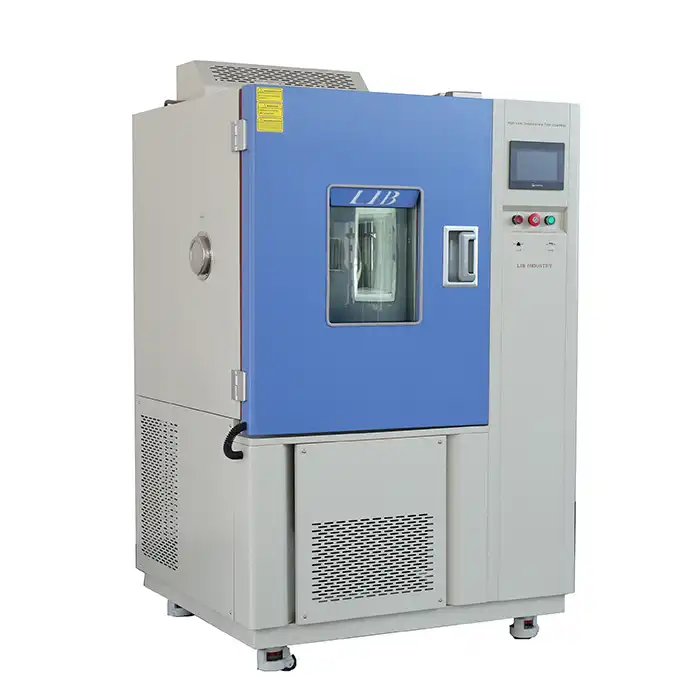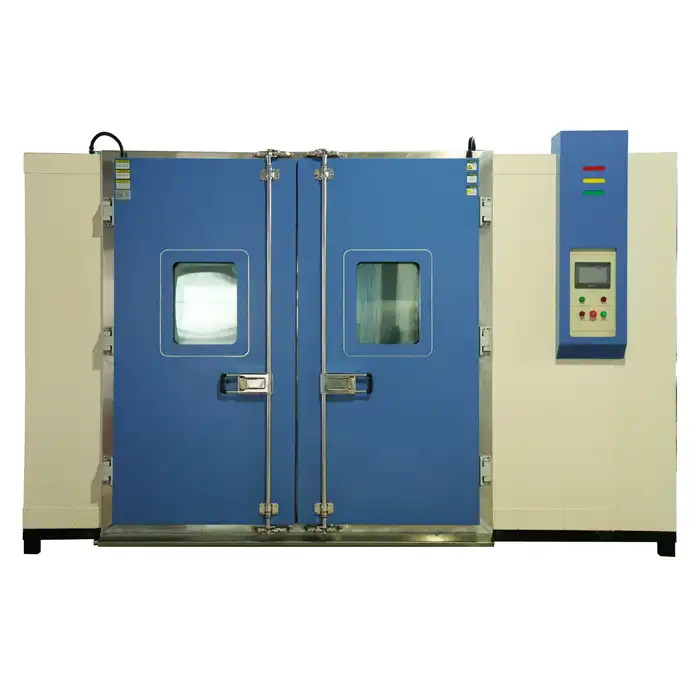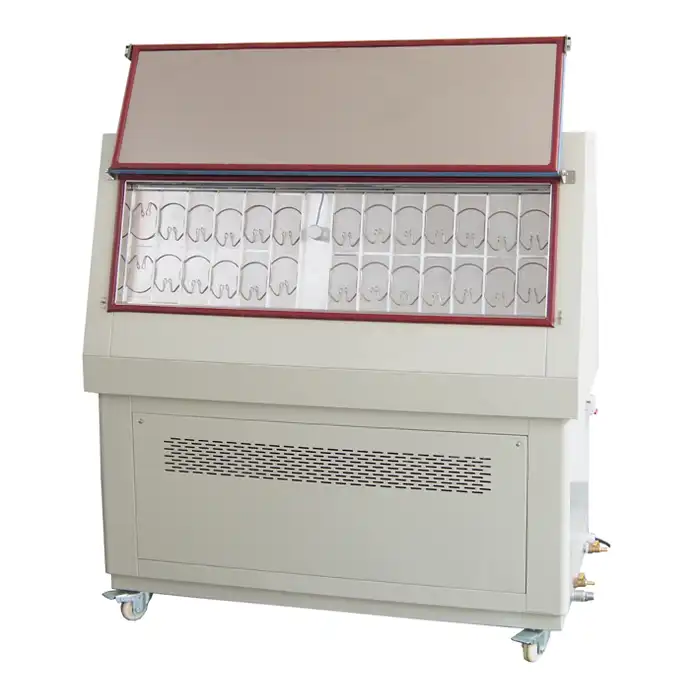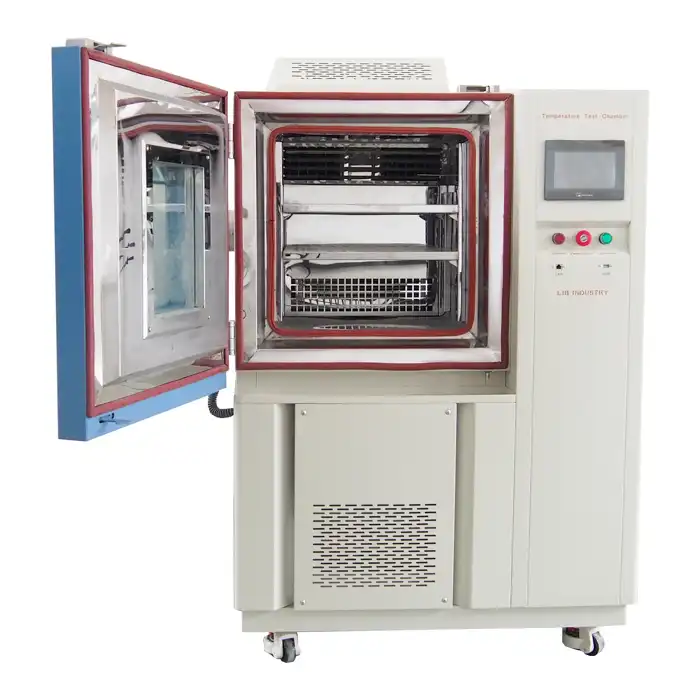Salt Fog Climate Chamber's Structural Anti-Corrosion Design
In industries that require rigorous environmental testing, the salt fog climate chamber plays a vital role in evaluating the durability of materials. To ensure long-term reliability, the structural anti-corrosion design of a salt fog chamber is crucial.
Anti-Galvanic Corrosion Design
Galvanic corrosion occurs when two dissimilar metals come into electrical contact in the presence of an electrolyte, such as the salt spray generated in a salt fog climate chamber. This type of corrosion can lead to rapid deterioration of key components. To combat this, LIB's salt fog climate chambers employ advanced anti-galvanic corrosion measures.
The chamber's structure integrates materials that are carefully selected based on their electrochemical compatibility. Non-conductive coatings are applied to metal surfaces to prevent direct contact between dissimilar metals, ensuring that the risk of galvanic corrosion is minimized. Additionally, insulating gaskets and seals are strategically used to further eliminate the potential for electrochemical reactions. These design strategies significantly extend the lifespan of the chamber while ensuring consistent test results.
Anti-Crevice Corrosion Design
Crevice corrosion is often overlooked but can be one of the most insidious forms of material degradation in salt fog environments. It typically occurs in small gaps or crevices where the salt solution becomes concentrated, creating localized areas of intense corrosion. LIB Industry addresses this challenge by designing their salt fog climate chambers with crevice-resistant structures.
All welded joints and fasteners in the chamber are treated with sealants and protective coatings that reduce the likelihood of salt concentration in crevices. The use of seamless construction techniques, such as continuous welding, further mitigates the problem by eliminating the gaps where salt deposits could accumulate. This attention to detail ensures that the chamber remains robust, even after prolonged exposure to corrosive conditions.
Anti-Stress Corrosion Design
Stress corrosion cracking is a dangerous form of material failure that occurs when metal is simultaneously exposed to tensile stress and a corrosive environment. In a salt fog climate chamber, this can lead to the premature failure of critical components. To prevent this, LIB Industry employs materials and designs that resist stress corrosion.
Chamber components, particularly those under tension or load, are constructed from stress-resistant alloys that maintain their structural integrity even in highly corrosive environments. Additionally, LIB uses precision manufacturing techniques to reduce residual stress in the chamber's structure, further minimizing the risk of stress corrosion cracking. These measures ensure that the chamber can withstand both the mechanical and environmental stresses involved in rigorous testing.
Moisture-Proof Drainage Design
Proper drainage is essential in a salt fog climate chamber to prevent moisture buildup, which can accelerate corrosion and degrade testing accuracy. LIB Industry incorporates an advanced moisture-proof drainage system in their chamber designs to ensure that residual water and salt solutions are efficiently removed after testing cycles.
The chamber is engineered with sloped surfaces and strategically placed drainage channels that guide moisture away from sensitive components. The drainage system is also equipped with corrosion-resistant materials, ensuring long-term durability. This moisture-proof design prevents standing water from accumulating in the chamber, further reducing the risk of corrosion and ensuring consistent test conditions over time.
LIB Fog Climate Chamber
LIB Industry is a leader in manufacturing salt fog climate chambers with a focus on advanced anti-corrosion designs. Our chambers are built to withstand the toughest testing conditions, ensuring that your products are tested under the most accurate and reliable environments. LIB chambers are engineered with the latest technology to prevent galvanic, crevice, and stress corrosion, while also providing efficient moisture management through innovative drainage systems.
One of the standout features of LIB's chambers is their highly durable interior and exterior construction. The use of anti-corrosive materials, such as stainless steel and specialized coatings, ensures that the chamber can handle prolonged exposure to salt fog without compromising its structural integrity. Additionally, the chambers are designed with user-friendly controls and automated systems, allowing for precise monitoring and customization of test conditions.
For more information on our salt fog climate chambers, or to discuss your specific testing requirements, please contact us at info@libtestchamber.com.
References
1. Fontana, M. G., & Greene, N. D. (1967). Corrosion Engineering. McGraw-Hill.
2. Jones, D. A. (1996). Principles and Prevention of Corrosion. Prentice Hall.
3. Revie, R. W. (2008). Uhlig's Corrosion Handbook. Wiley.
4. Shreir, L. L., Jarman, R. A., & Burstein, G. T. (1994). Corrosion: Metal/Environment Reactions. Elsevier.
5. Davis, J. R. (2000). Corrosion: Understanding the Basics. ASM International.



